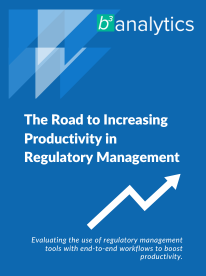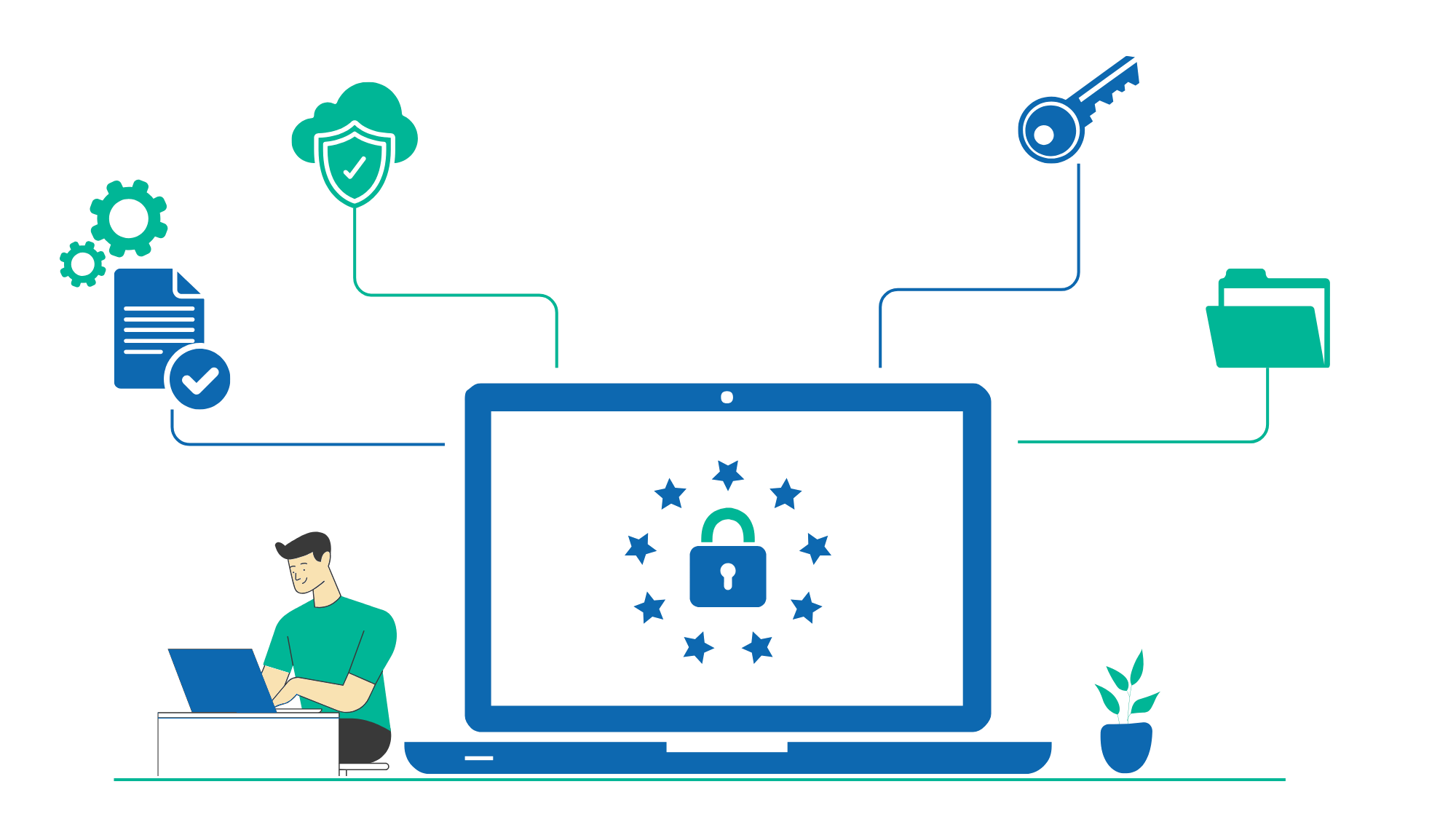Compliance Challenges
Compliance Challenges
COMPLIANCE CHALLENGES
There are 4 phases in the life cycle of a rule implementation, and each phase has associated challenges.

Phase 1 – Managing rules. There are thousands of pages of rule text and supporting authority. Rules are continually being modified and historical perspective is essential in formulating a proper remediation. The cost, effort and time to meet this challenge is significant. There are multiple documents that must be referenced in order to understand the requirements and formulate a proper response.
Phase 2 - Assessing compliance. Requires your staff locate and understand the section of the rule and evaluate the current operations that applies. Next they must determine and document the shortfalls in compliance (gaps) and develop a remediation. To add complexity, rules and supporting authority are published in diverse locations and are frequently updated.
Phase 3 – Implementation. Once the remediation is developed, the plan must be executed. Some of the major challenges include managing limited resources, maintaining end-to-end traceability, creating documentation, providing visibility to oversee and direct execution and performing validation of the project.
Phase 4 – Demonstrating compliance. Once the rule has been implemented, validated and reviewed by Audit, you must demonstrate the compliance of your operations to your supervisors. The major challenge is to provide evidence of your pillars of compliance (i.e. Governance, Policies & Procedures, Systems, Controls, Testing, Validation, Training and Documentation) at the section level to demonstrate how your processes satisfies the requirements of the rule. This can be a manually intensive exercise and requires expertise, resource and time.



 Consultants providing compliance services or GRC solution providers can partner with BCube Analytics to take advantage of our content rich ecosystem to enhance delivery model, improve the bottom line and client retention.
Consultants providing compliance services or GRC solution providers can partner with BCube Analytics to take advantage of our content rich ecosystem to enhance delivery model, improve the bottom line and client retention.